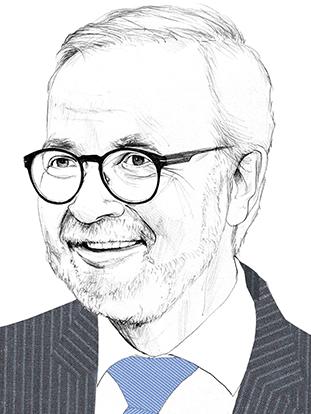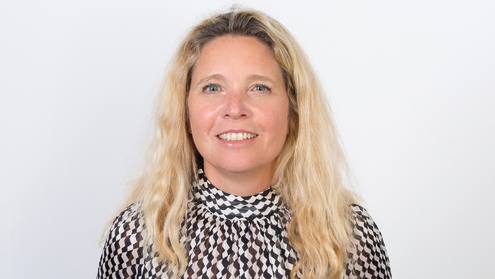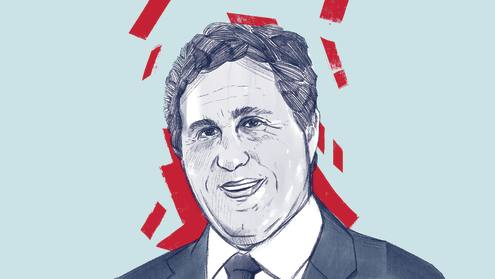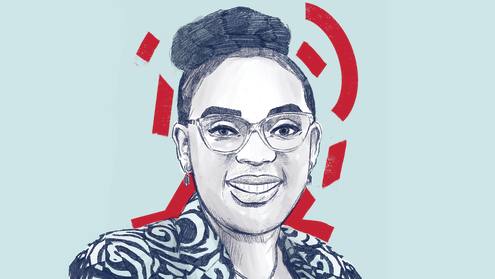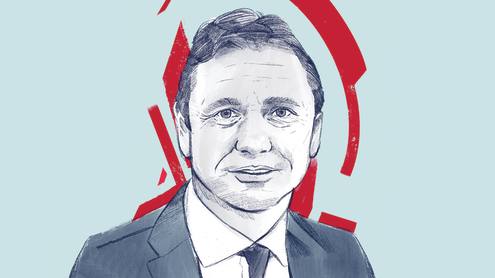The heaviest rains in a hundred years caused massive floods across much of Europe this summer, resulting in more than 200 deaths and billions of euros in damage to infrastructure, homes and businesses. A heatwave across the Mediterranean set the stage for devastating wildfires to destroy more than 270,000 hectares of land. The number of fires recorded in the EU so far this year is more than three times the average of the past decade. Turkey, Russia, Algeria and the US have also seen huge fires, with record droughts in the western US and parts of Brazil. In September, record rainfall flooded New York. Our climate is changing.
That means we must change, too — we need to change our behaviour and the way we tackle the climate crisis. The time for warnings is over. Everyone can see that the devastating impact of climate change is already with us.
It is time for action. The EU is taking a leadership position here with major commitments, such as a 55% reduction of greenhouse gas emissions (from 1990 levels) by 2030. The EU climate bank, the European Investment Bank (EIB), is also at the forefront of this effort, committing €1tn of investment in climate action and environmental sustainability by the end of this decade. Much of that investment must be in innovation: we face an unprecedented challenge and must meet it with new commercial ideas, as well as political initiatives.
The economic toll of extreme weather events averages at least €12bn per year in Europe. We are now in the critical decade for the future of our climate and environment. To limit global warming to 1.5 degrees Celsius above pre-industrial levels by the end of this century, combat environmental degradation and halt catastrophic biodiversity loss, we need to accelerate the decarbonisation of our economies and reduce emissions. When the world meets in Glasgow for COP26 this October, it is vital that countries raise their commitments to keep this limited rise in temperatures within reach.
Innovation and investment
Moving towards a net-zero emission economy by 2050, as the EU intends to do, will not be easy. In 2020, a global pandemic accompanied by unprecedented restrictions to mobility and economic activity around the world led to a temporary drop in global greenhouse gas emissions of 5.8%. Achieving permanent reductions of that level each year will require a technological revolution.
The world places great hope in innovation to address the problems of climate change and must be prepared to finance it
The world places great hope in innovation to address the problems of climate change and must be prepared to finance it. Decades of investment in renewable energy have paid off to the extent that the price of electricity produced from wind farms and solar panels is now highly competitive. We must now be prepared to do the same for game-changing breakthrough technologies, such as green hydrogen, offshore renewable energy and advanced energy storage solutions.
The EIB has a strategic focus on critical investment gaps and is committed to supporting the development of promising early stage technologies, from demonstration to commercialisation, through a variety of innovation finance tools, equity funds, venture debt and advisory services.
Mitigating the rise in global temperatures through clean energy, sustainable transport and innovation is essential, but we must also invest more in adapting our infrastructure and our industries to cope with the changes to our climate that are already happening.
This June, the EU adopted a new strategy on adaptation to climate change. In line with this, the EIB will announce its first adaptation plan at COP26. The plan will focus on three areas: the use of robust climate data in all the operations we finance; increasing our financing for adaptation and the impact of our adaptation support; and addressing the disproportionate impact of climate change on vulnerable regions and communities.
Building greater resilience to climate change has been a key pillar of our climate strategy since 2015. We have introduced a climate risk-management system and are adding climate adaptation criteria to all our projects. Today, the EIB no longer funds infrastructure projects that are not climate resilient.
An international outlook
The EU accounts for less than 10% of global greenhouse gas emissions, so international co-operation and supporting decarbonisation beyond our borders is a vital part of our effort to limit the rise in global temperatures. Technology transfer is key in this respect. If we try to close the rising energy gap in Africa through coal and gas-fired power plants, our climate goals will literally go up in smoke.
With 75% more patents in the field of green, digital technologies than the US and four times as many as China, the EU is a world leader in green technologies, with expertise to share in areas such as renewable energy, climate adaptation, flood-control, advanced weather forecasting tools, resilient infrastructure and more.
Today more than ever, Europe must become a global force for change.
The EU is committing a third of the €2tn from its ‘Next Generation EU’ recovery plan and long-term budget towards the European Green Deal. But even this is not enough. Achieving the objectives of the Paris Agreement and the UN Sustainable Development Goals will require at least that much in additional investment every year. To close that gap, we need to secure a Global Green Deal that mobilises the full innovative potential and financial muscle of the private sector.
To this end, policy-makers must not only set targets and create the right incentives, but they must also eliminate barriers to investment. Unfortunately, our investment survey shows that uncertainty concerning regulations and taxation are among the biggest obstacles to investment. This is something policy-makers must address urgently, particularly given the additional obstacles, such as high private-sector debt generated by the coronavirus pandemic. According to the EIB’s investment report, 45% of EU firms plan to cut or delay their investment plans because of the Covid-19 pandemic.
Another decade of lost investment, such as the one that followed the global financial crisis, is something that the planet simply cannot afford.
Sustainable financing
The EIB’s approach to climate financing is set out in detail in our Climate Bank Roadmap, which we published in 2020. We have stopped funding fossil fuel projects, including natural gas, and have become the first multilateral development bank to align all our financing activities with the goals of the Paris Agreement.
The roadmap sets out our plan to dedicate more than 50% of our lending towards green investment by 2025. This year, we plan to take things one step further by laying out a plan to ensure that our clients align themselves with the goals of Paris Agreement, too. This is a huge endeavour — not just for us, but also our clients. But there simply is no way around this if we are serious about fighting climate change.
The green bond market also has huge potential to mobilise and direct private capital to investments in climate and environmental sustainability. The EIB pioneered these instruments in 2007 and has worked to develop the market since, issuing more than €33bn in climate awareness bonds to date.
A just transition
The scale of the climate challenge is great and the price tag is high, but the cost of inaction is far greater.
Innocuous-sounding economic terms such as resource reallocation, however, obscure profound changes in which many people, industries and regions currently reliant on carbon-emitting activities stand to lose out. Ensuring that the costs and benefits of the green transition are fairly shouldered, and that those whose livelihoods are sacrificed in the name of the common good are offered new opportunities, is vital. To succeed, the economic and societal transformation we are working towards must have popular support. This is why we need a just transition.
Here too, there are reasons for optimism. The International Labour Organization estimates that green economy policies could create 24 million new jobs globally by 2030. In China and the US, new renewable energy jobs now outstrip those created in the oil and gas industries. The EU has made ‘a just transition’ one of the cornerstones of its Green Deal and the EIB, with its historic and statutory mission of fostering cohesion, will play an important role.
The necessity of a just transition — rather than just any transition — reminds us that the climate crisis is in every way an opportunity. We must recast business, politics and society to meet this challenge. Innovation must be everywhere.
Werner Hoyer is president of the European Investment Bank



